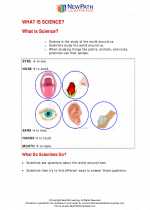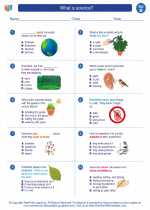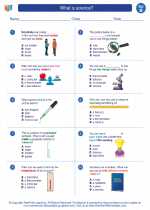Blood Vessels
Blood vessels are part of the circulatory system and play a crucial role in the transportation of blood throughout the body. There are three main types of blood vessels: arteries, veins, and capillaries.
Arteries
Arteries carry oxygenated blood away from the heart to the rest of the body. The walls of arteries are thick and elastic, allowing them to withstand the high pressure produced by the pumping of the heart.
Veins
Veins carry deoxygenated blood back to the heart. Unlike arteries, veins have thinner walls and contain valves to prevent the backward flow of blood. Veins rely on the contraction of surrounding muscles to help propel blood back to the heart.
Capillaries
Capillaries are tiny blood vessels that connect arteries to veins. They are the site of nutrient and gas exchange between the blood and the body's tissues. Capillary walls are extremely thin, allowing for the efficient exchange of substances.
Study Guide
- What are the three main types of blood vessels?
- Describe the function of arteries.
- How do veins differ from arteries?
- What is the role of capillaries in the circulatory system?
Answers
- The three main types of blood vessels are arteries, veins, and capillaries.
- Arteries carry oxygenated blood away from the heart to the rest of the body.
- Veins have thinner walls and contain valves to prevent the backward flow of blood, unlike arteries.
- Capillaries are the site of nutrient and gas exchange between the blood and the body's tissues.
◂Science Worksheets and Study Guides Second Grade. What is science?

 Worksheet/Answer key
Worksheet/Answer key
 Worksheet/Answer key
Worksheet/Answer key
 Worksheet/Answer key
Worksheet/Answer key
 Vocabulary/Answer key
Vocabulary/Answer key
